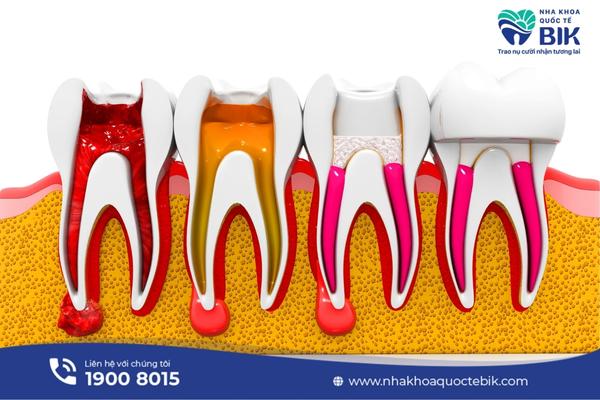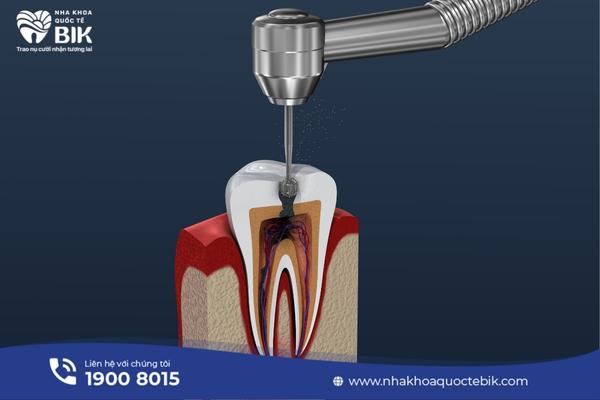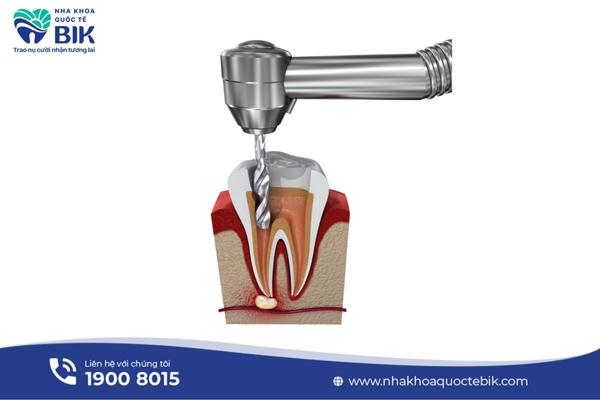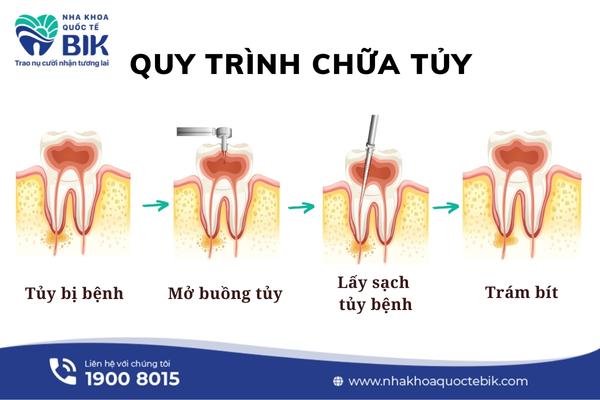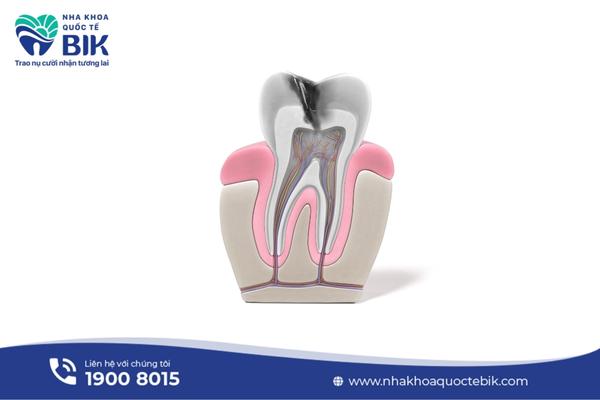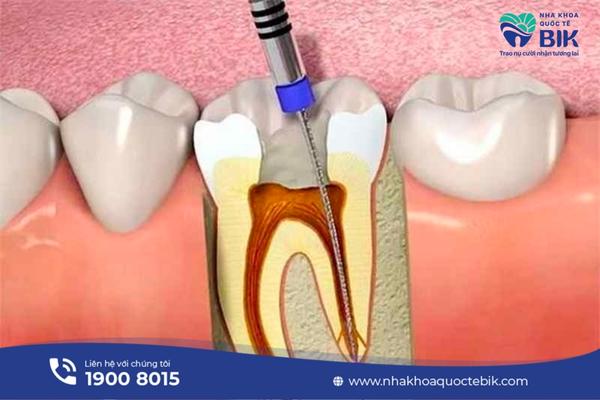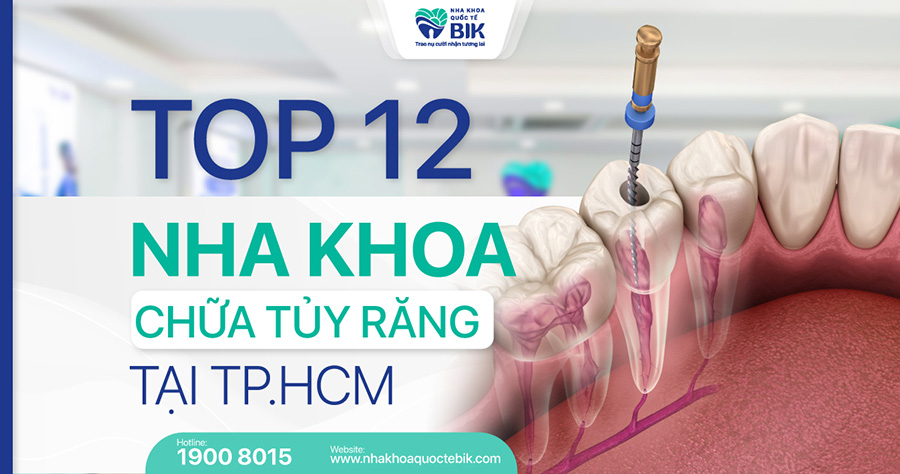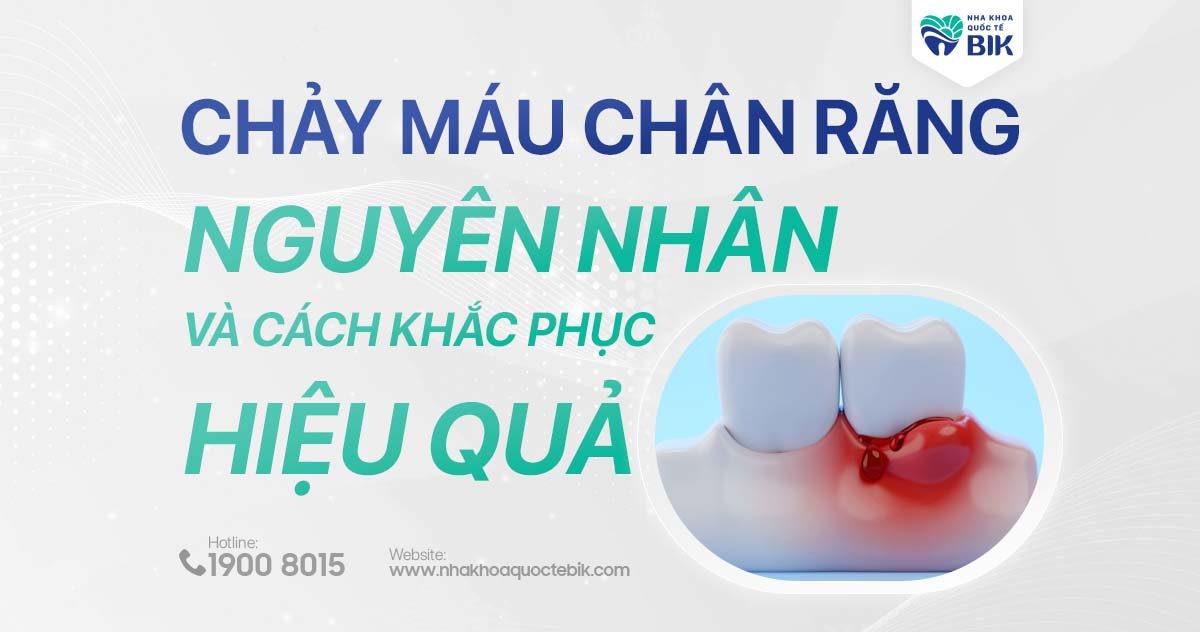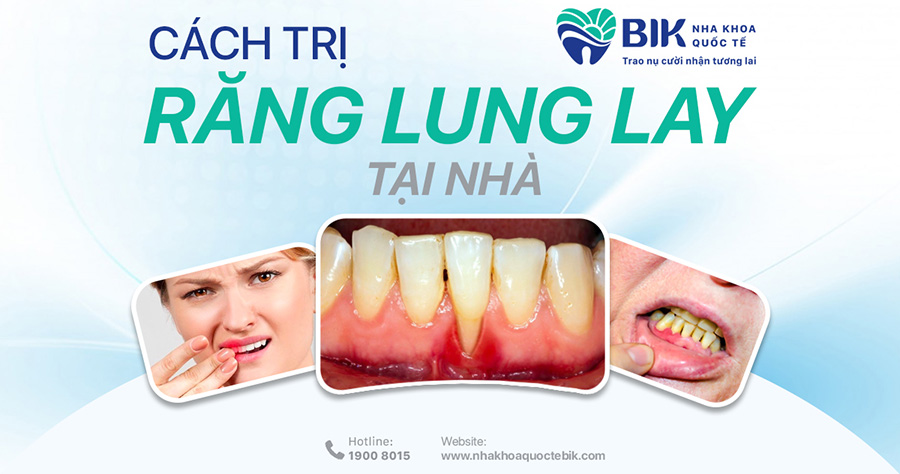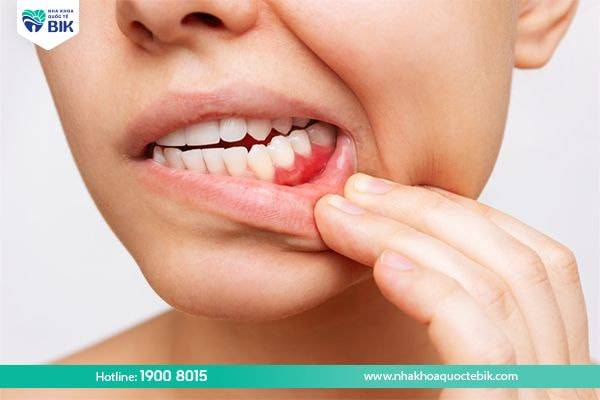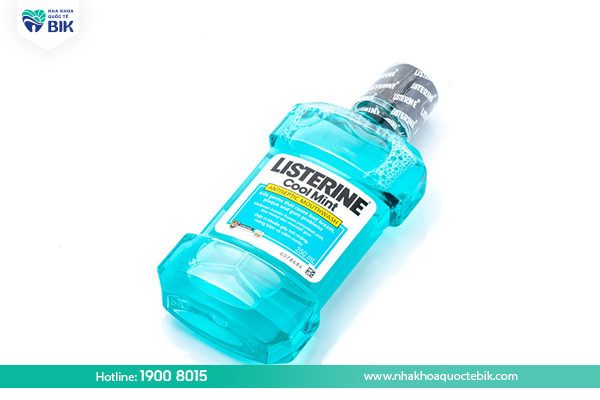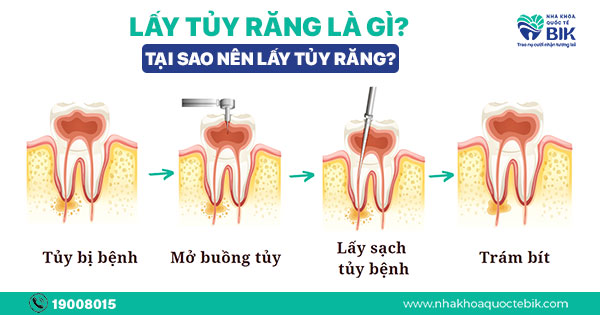
Root canal treatment is a method of removing the damaged, infected pulp to prevent bacteria from attacking and affecting adjacent teeth, causing more serious consequences. Although this is a safe solution, doctors always minimize the need for root canal treatment because the root canal is considered the heart of the tooth, which means that if the root canal is lost, the tooth will no longer be as strong as normal. Therefore, once the root canal is removed, there will be certain effects, and what they are depends on each person’s constitution.
1. What is root canal treatment?
1.1. What is dental pulp?
Dental pulp is a connective tissue consisting of blood vessels and nerves located inside the tooth core and surrounded by dentin and enamel. The dental pulp consists of two main parts: the pulp chamber and the root canal, which are responsible for providing nutrients to the tooth. When the dental pulp is infected, it will have a negative impact on the tooth’s supporting structure and in the long term, the tooth will not have enough nutrients. Over time, the tooth will weaken and need to have the pulp removed.
1.2. What is a root canal?
In dental treatment, root canal treatment is often limited as much as possible because the pulp is considered the life source of the tooth. However, in cases where the pulp has been damaged, root canal treatment is considered the only solution to prevent dangerous consequences later.
So, root canal treatment is a technique to remove all damaged tooth pulp, clean the gaps on the tooth due to lack of pulp and then fill it with specialized dental materials such as composite, porcelain, etc. After root canal treatment, the previous prolonged pain will no longer exist because they are no longer connected to the nervous system.
2. When is root canal treatment necessary?
In cases where the tooth pulp is damaged by bacterial attack, it will lead to dull pain, affecting daily activities. To prevent this condition, the following dental cases should undergo root canal treatment:
– Severe tooth decay that has spread to the root and affected the pulp
– Chipped or broken teeth that expose the pulp
– Tooth sensitivity when eating hot or cold foods
– Prolonged pain that spreads to the temples and brain
– Swollen and painful gums
– Pimples appear on the gums and have white pus at the root of the tooth causing bad breath
3. Why should I get a root canal?
Because the pulp cannot regenerate itself, root canal treatment is the only and most optimal treatment solution when the pulp is damaged. Once the pulp is attacked and leads to inflammation, if not treated promptly, the root area or bone around the tooth will also be affected. The most serious case is that the tooth is loose because the gums are no longer strong enough to hold the tooth root.
When the pulp is too seriously damaged, the doctor will prescribe tooth extraction so that other teeth are not affected. When a tooth is extracted, the gap in the jawbone will cause the patient to encounter many problems in daily life. In addition, implanting a replacement tooth is quite complicated, taking a lot of effort and time. Therefore, timely root canal treatment is very important to prevent a series of dental problems that may appear later.
4. Root canal treatment process at the dentist
The standard root canal procedure usually includes the following basic steps:
4.1. Examination and consultation
First, the doctor will conduct a general examination of oral health with the naked eye, then take an X-ray to check the specific condition of the tooth pulp. Based on the film, the doctor will know the detailed situation of the damaged tooth pulp, thereby making a diagnosis and planning treatment
4.2. Anesthesia
After the oral cavity has been cleaned, the doctor will inject an anesthetic to ensure that the patient does not feel pain and feels more comfortable and secure during the root canal procedure.
4.3. Placing a rubber base
The doctor will isolate the tooth that needs root canal treatment from the oral cavity by placing a rubber base to prevent the risk of infection due to saliva that can penetrate the tooth. The rubber base will now help limit the situation of root canal treatment medicine, tools, and root canal cleaning solution falling into the mouth.
4.4. Root canal treatment
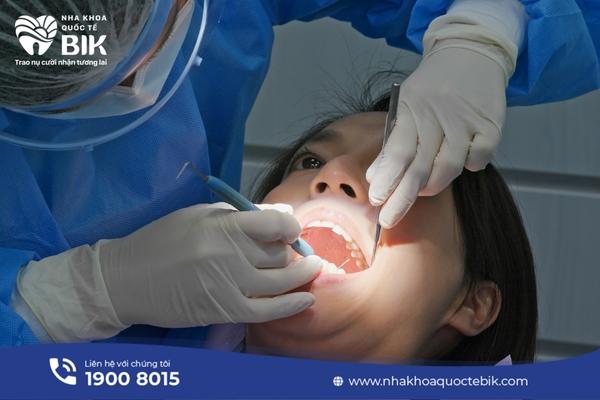
A specialized drill will be used to open the root canal according to the size that the doctor has calculated before. After opening the root canal, all infected pulp will be removed and the root canal system will be cleaned before filling the tooth.
The number of times the patient has to visit the dentist until the treatment is complete depends on the condition of the pulpitis, whether the root canal system is easy to access, etc. Between treatments, antiseptic medicine will be placed in the root canal, the tooth will be temporarily filled to prevent further infection.
4.5. Root canal filling
After the pulp has been completely cleaned and the infection has been cured, the doctor will fill the root canal with a specialized material or choose a porcelain crown to ensure the longevity of the tooth, depending on the customer’s choice.
5. Effects after root canal treatment
After root canal treatment, the patient may experience the following effects:
5.1. Discolored teeth
Teeth after root canal treatment will have a different color than the remaining teeth due to the loss of nutrients from the blood vessels. This condition can be completely remedied with porcelain crowns after root canal treatment.
5.2. Teeth are no longer strong
Because they are no longer nourished by blood vessels, teeth after root canal treatment are very fragile and vulnerable. This makes it difficult for many people to chew every day.
5.3. Toothache, pulpitis
In cases where the root canal treatment process is not properly performed and the pulp is not thoroughly cleaned, the toothache will last. If not detected promptly, the pulp will become inflamed or the jawbone will develop pus. At this time, the patient should go to the dentist for timely examination and treatment.
5.4. Impact on the sinuses
If the tooth that needs to be treated is located in the upper jaw near the sinuses, the air from the instrument can enter this area, causing the patient to have a stuffy nose or headache. However, this condition rarely occurs and usually disappears after about 1-2 weeks.
6. Dental care after root canal treatment
Teeth after root canal treatment often become quite sensitive, so some of the following oral care methods can be applied:
6.1. Cold compress
After root canal treatment, you can use a soft towel and ice to apply cold compresses to the outside of your cheek at the painful tooth to feel more comfortable. Do not use pain relievers without a doctor’s prescription to avoid possible consequences.
6.2. Oral hygiene
Brush your teeth properly twice a day with a soft-bristled toothbrush to avoid damaging your teeth. In addition, you should use dental floss instead of toothpicks to remove food particles stuck between your teeth and rinse your mouth with diluted salt water to clean dirt and bacteria in your mouth. In addition, you can choose toothpaste containing fluoride to help strengthen your teeth.
6.3. Diet
A reasonable diet should be established to minimize the impact of chewing force on the tooth that has just had root canal treatment. Avoid using foods that are too hard or too chewy to protect your teeth from damage in the first few days. Minimize foods that contain a lot of sugar, starch as well as stimulants such as beer, alcohol, cigarettes, etc.
So with the information provided above, BIK International Dental Clinic hopes that you have the answer to the question of what is a root canal. Root canal treatment is the best solution in cases where the pulp is infected, however, you still need to go to the dentist to listen to the professional advice of the doctor before deciding to have root canal treatment.

